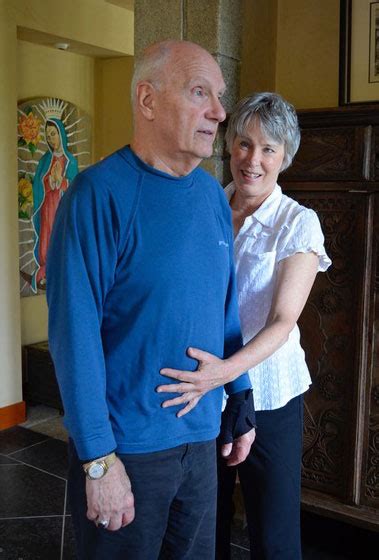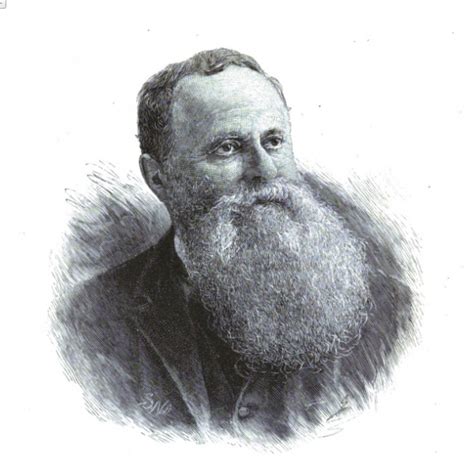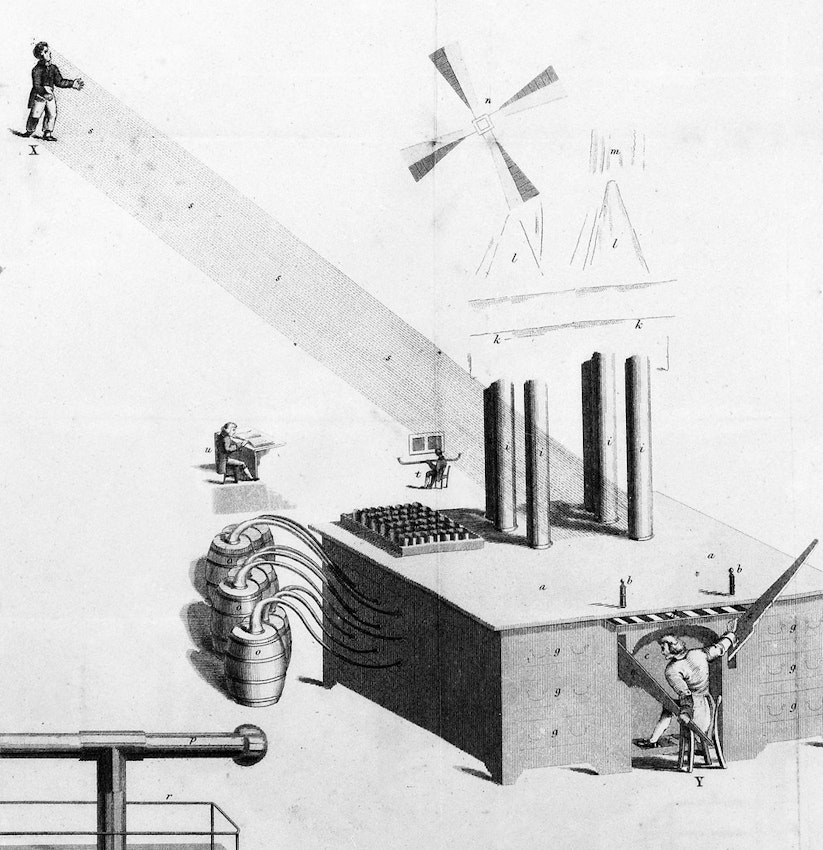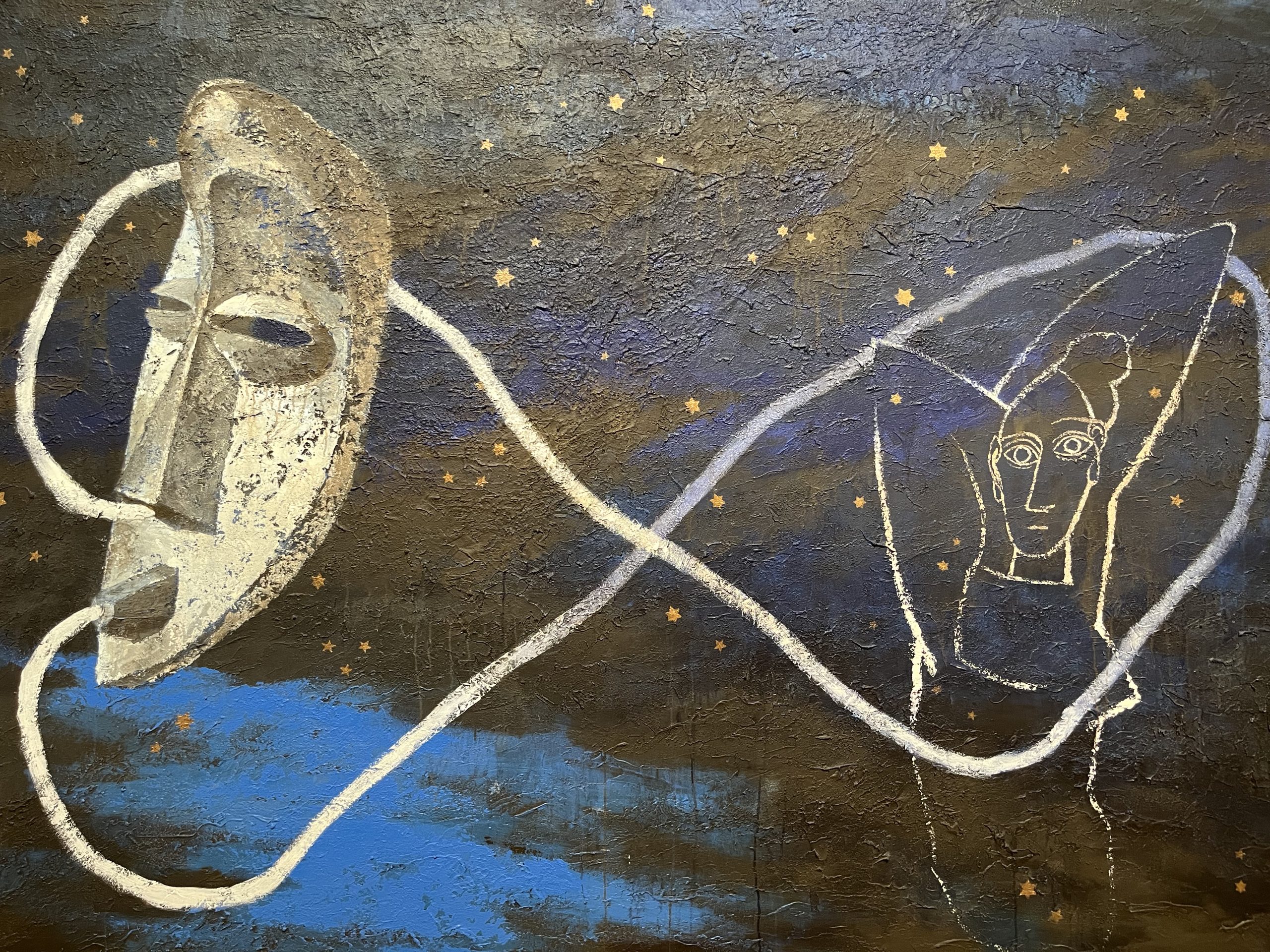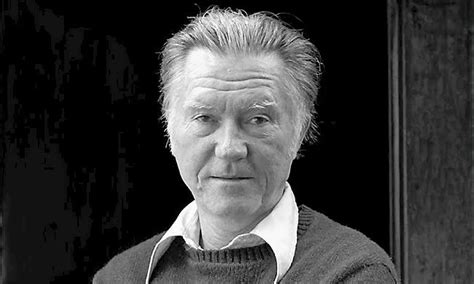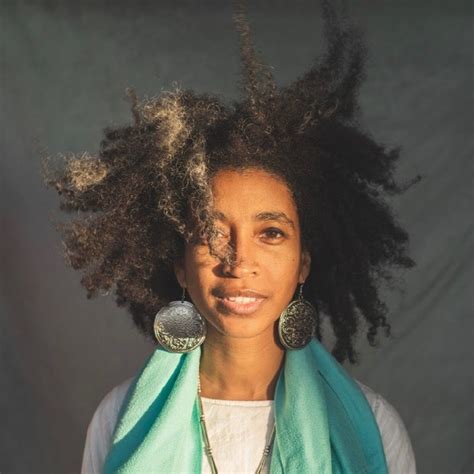I’m delighted to have found this interview with breath master Robert Litman. With his long time Rolfing colleague and friend Gael Rosewood he talks in depth about his own journey to becoming a breath teacher and how his embodiment trainings in Rolfing, Buteyko and Continuum have shaped his breathing practice. In the interview he also addresses the fundamental role of CO2 in the breath process, how our breathing influences our relationships and what he calls ‘the triple helix of breathing’. And he offers some exercises to try out. An educational, engaging and truly inspiring interview.
Read MoreCan women breathe with their diaphragm?
In Leo Kofler’s book The Art of Breathing as the Basis of Tone-Production, he tells an anecdote from one of his lectures when a physician in the audience rose and asked him if he believed that a woman could „accustom herself to this full diaphragmatic breath-taking.” This took place around the second half of the 19th century, probably in New York. Leo Kofler replied in the affirmative, and a fascinating dialogue ensued in which he enlightened the physician that “no student of anatomy could come to such a conclusion except one whose observations had been made only upon a living female wearing very tightly-laced corsets.”
Read MoreThe Air Loom Gang
When I visited Edinburgh in the spring, friends of mine gave me a book that had jumped out at me from one of their shelves: The Air Loom Gang by Mike Jay. Was “Air Loom” a made-up word, or, if not, what could it possibly stand for?, I wondered. The book is based on the true story of James Tilly Matthews, who believed that a gang of architects of evil had invented a machine to control the minds of politicians and army generals in order to brainwash them into starting a war. The Air Loom, Matthews was convinced, was a machine that “weaves ‘airs’ or gases into a ‘warp of magnetic fluid'” to influence people’s minds and bodies, tormenting them if they resisted.
Read MoreA life-sustaining breath
During my visit to London this July I saw an exhibition at the Whitechapel Art Gallery by South African artist Gavin Jantjes: To Be Free, A Retrospective.
In his Zulu Series he examines the cosmic realm through the lens of African heritage, drawing on ancient Egyptian, West and South African belief systems relating to the sky and female creativity. Zulu means “the space above your head” in Zulu language. “The heavens are the most neutral space – no nations lay claim to the heavens. They are undefined…and are accessible to every human being,” the artist wrote in 1996.
The untitled painting above, from 1989, is a fascinating depiction of the sharing of breath:
Read MoreYour breath has a little shape
In William Stafford's poem People Of The South Wind, he refers to the original Siouan tribal people of the Mississippi Valley, called Kanza. William Stafford himself is of Native ancestry, and his particular wisdom seems to come from such an original spirituality.Read More
Uh, you’re breathing my air
My very breathing is critique
In an artistic workshop I attended, I heard of a book called Undrowned – Black Feminist Lessons from Marine Mammals by Alexis Pauline Gumbs. The title grabbed me straight away, as if this were the book that I needed to read right now. “Undrowning” sounds like something I’ve been trying to do for a long time, even though I’m not part of a minority or a disenfranchised species.
Alexis Pauline Gumbs is a poet, independent scholar, and activist who has devoted herself to observing marine mammals, not as an objective researcher but as a mammalian relative. To learn from them, to be with them, to breathe with them.
Read MoreWhen we put our attention on the breath, it reacts to us
I receive Dan Brulé‘s newsletter every month and can only say that it’s well worth subscribing to. He always comes up with new insights about the breath and shares his vast knowledge of the art and science of breathing. I’d like to share with you one of his newsletters from last year in which he touches on the tricky question of whether it is possible to breathe naturally while observing the breath:
“I love it when people tell me that their breath changes whenever they put their attention on it.”
For most people, when they put their attention on the breath, in that moment their breath behaves differently. This is normal, and it proves that you are human!
Read MoreIt’s as natural as breathing
I recently watched The Hit, an offbeat crime drama/road movie in which the action between different gangster factions is elevated to strangely sublime realms by the character of the eloquent, quasi-spiritually evolved snitch Willie Parker, played by Terence Stamp.
Hitman Braddock (John Hurt) is about to deliver Willie across southern Spain to his mob boss in Paris. En route, Braddock goes to run an errand and returns to find his rookie accomplice Myron (Tim Roth) – who was supposed to be watching Willie – fast asleep on a rock in the woods. Desperate to find Willie, Braddock is astonished to see him standing perfectly still opposite a waterfall, seemingly in a state of meditation. A figure so serene it is almost ghostly, the white of the foaming water merging with Willie’s impeccable white Mediterranean-style shirt and trousers as the light of the sun shines through.
The ensuing dialogue between Braddock and Willie at night in the woods is like a simultaneous first and last breath dance.
Read MoreWhy do we breathe so loudly when we sleep?
My best friend Sivan and her mother Irit came to visit me this summer and we had a picnic in the garden. After eating, we all lay down on the grass and Sivan and Irit fell asleep. I heard them breathing and realised that I’ve often wondered why the sound of breathing becomes audible during sleep. In my Applied Breathing Sciences degree, we had learnt a lot about the pathology of sleep apnoea, but I don’t remember us talking about the natural sound of breathing during sleep. In case you’ve ever wondered about this, too, I’m sharing this article by Tyler Santora in Live Science with you:
Read More
